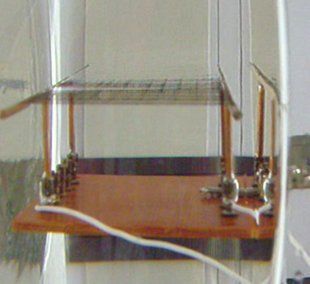
The researchers used the Hubble Space Telescope to spot the 69 hyperactive dwarf galaxies, which are about 9 billion light-years away from Earth. They're churning out stars so fast that their stellar population would double in just 10 million years. By contrast, it took the Milky Way 1,000 times longer to double its number of stars, researchers said.
The new results are unexpected, since they're somewhat at odds with other recent studies of ancient dwarf galaxies.
"Those studies suggest that star formation was a relatively slow process, stretching out over billions of years," study co-author Harry Ferguson, of the Space Telescope Science Institute (STScI), said in a statement. Ferguson is co-leader of the survey that found the dwarf galaxies, which is called the Cosmic Assembly Near-infrared Deep Extragalactic Legacy Survey (CANDELS).
"The CANDELS finding that there were galaxies of roughly the same size forming stars at very rapid rates at early times is forcing us to re-examine what we thought we knew about dwarf galaxy evolution," Ferguson added.










